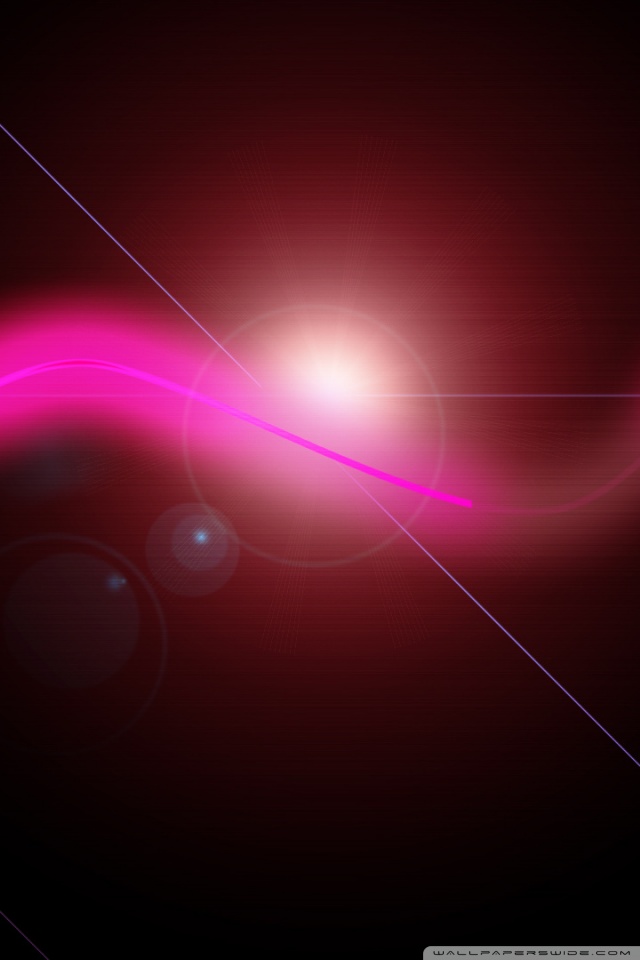

Before delving into the specifics of each of these color spaces, it's important to note that all monitors can only display colors inside the sRGB color space. Even though there are other additional RGB workspaces available and you may even design your own, getting a firm grasp on these three is essential since they serve as a foundation for all subsequent explorations.
LIGHTPAPER COMPUTER SCREEN PRO
The least of the three is sRGB, followed by Adobe 98 and Pro Photo, which are both medium to large. sRGB, Adobe RGB 1998, and Pro Photo RGB are three of the most often used RGB working spaces, with their main variation being their gamut or size. It's also important to consider the gamut of your working location before deciding on RGB. Ideally, your display gamut should be at least as broad as or even larger than your printer, to avoid clipping in your preview and ensure an accurate representation of your photographs. In addition to gamuts, display devices such as monitors may also portray a wide variety of colors. The Conversion from RGB to the CMYK shows this clipping problem most clearly, as most of the rich colors present in RGB are absent in CMYK. A phenomenon known as “Clipping” occurs when color gamuts narrow, and the rich saturated colors do get affected. The broader or wider the gamut, the more vibrant and saturated the colors can be. What is Color Gamut ?Ĭolor gamut is a word used to describe the range of colors a device can generate. This post will explain the differences between the various color gamuts as well as which of them is ideal for your particular design. Designers would benefit greatly from this, as there are a plethora of various color gamuts to pick from. It is possible to learn about the various color gamuts such as Adobe RGB, the sRGB, and DCI-p3 color spaces here. It is important to understand color gamut. While selecting a color for a project, you need to use the color selector to measure your colors, which is all done on the principles of Color Gamut. Understanding color gamut and the differences between them is a vital skill for anyone using a computer. If you don't know what you're doing, it can work against you.Color Gamut is an important consideration when picking a color for a design. I don't calibrate my monitor, I don't use color profiles, except for the standard ones installed by default. In my experience color handling is something very tricky.

When the image is then send over to another user, with another monitor, in another lighting condition, the other user will see the image like the creator did, if his monitor is calibrated as well. But for high quality printing where the graphic designer wants absolute control, it does matter.Īside from CMYK and RGB, there are color spaces like Adobe RGB. OK you think, what does it matter if I do this or if the printer (or the image-editing program of the printer shop) does it?! Sometimes it doesn't matter. In that case, the printer translates the RGB value that cannot be printed into the nearest CMYK value. You could of course send in your image with RGB color-space, but the result might be that some colors are out of the spectrum, which would result in loss of quality. If you want to create an advertisement for a magazine in Photoshop, you use CMYK. When creating color for a specific medium, you can take this into account.

This is only improving as monitors get better, have more contrast, etc.
LIGHTPAPER COMPUTER SCREEN PLUS
When emitting light, it turns out that you can use a bigger spectrum of colors, plus you have more variation in intensity. Monitors emit light, paper reflects light. In CMY, you get to "Black" by mixing the maximum amounts of all three components. Other devices ( printers ) will use "subtractive" color systems(like CMY or CMYK), where the base color is "White", and you "mask" some components to obtain other colors. You obtain "White" by using the maximum amount of all three components. Monitors) use "additive" color systems, like RGB(Red, Green, Blue): the base color is Black, and you can "add" red/green/blue to obtain other colors. There are many color systems defined, but they can be grouped into "additive" and "subtractive" systems: So converting from a color system/space to another is a rather complex problem. These color spaces do not completely overlap, so there will always be colors that can be represented in some color systems while not having a direct correspondent in others. For a printer, the paper is already White(which is a mix of all other base colors), so it needs to 'turn off' some light components and 'leave on' those representing the desired color.Įach color system is capable of representing a certain group of colors(a "color space"), but none of them is able to actually cover all visible colors. A CRT monitor will need to 'turn on' Red/Green/Blue components to display a color(because the screen is 'black' by default.


 0 kommentar(er)
0 kommentar(er)
